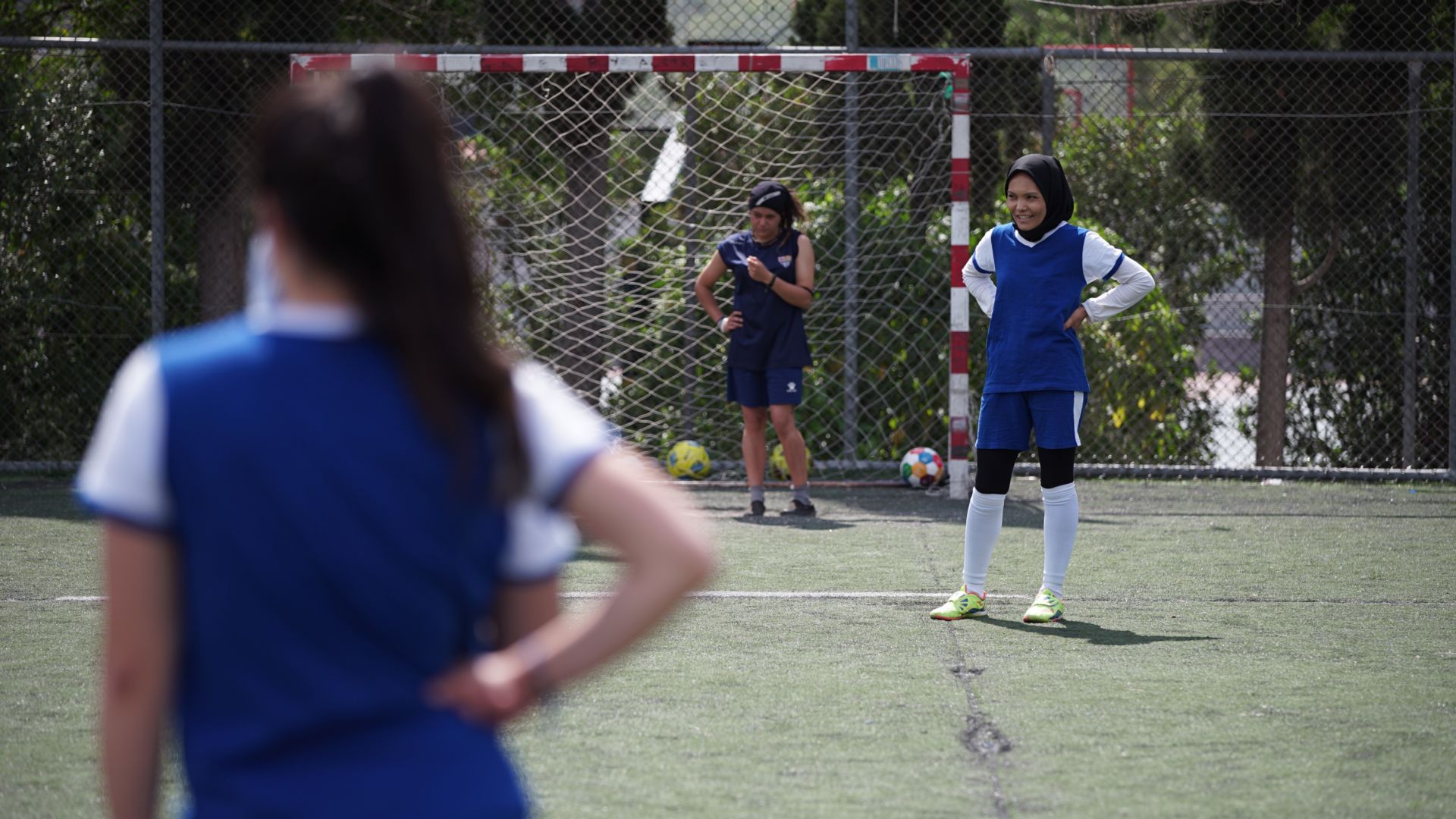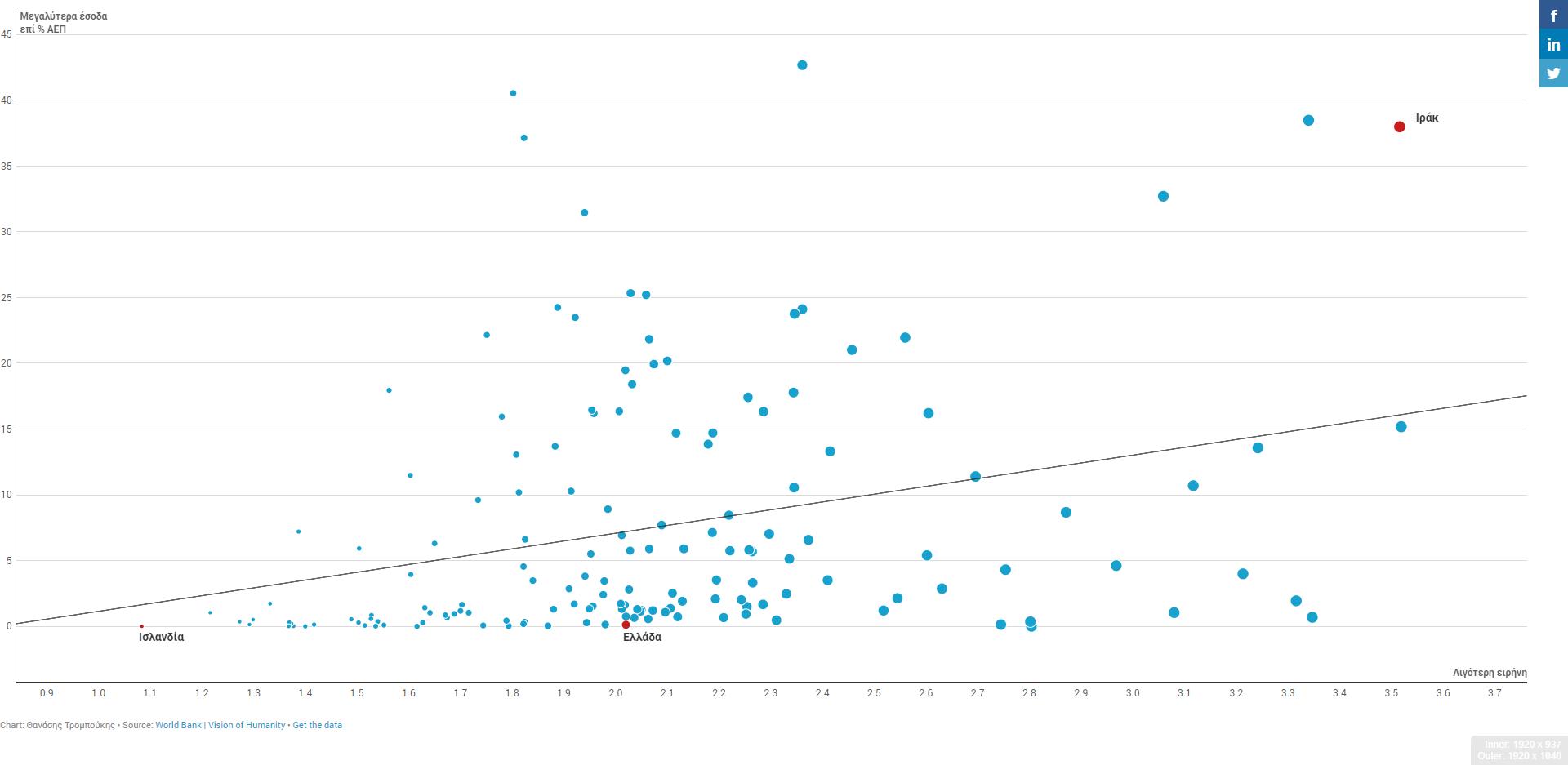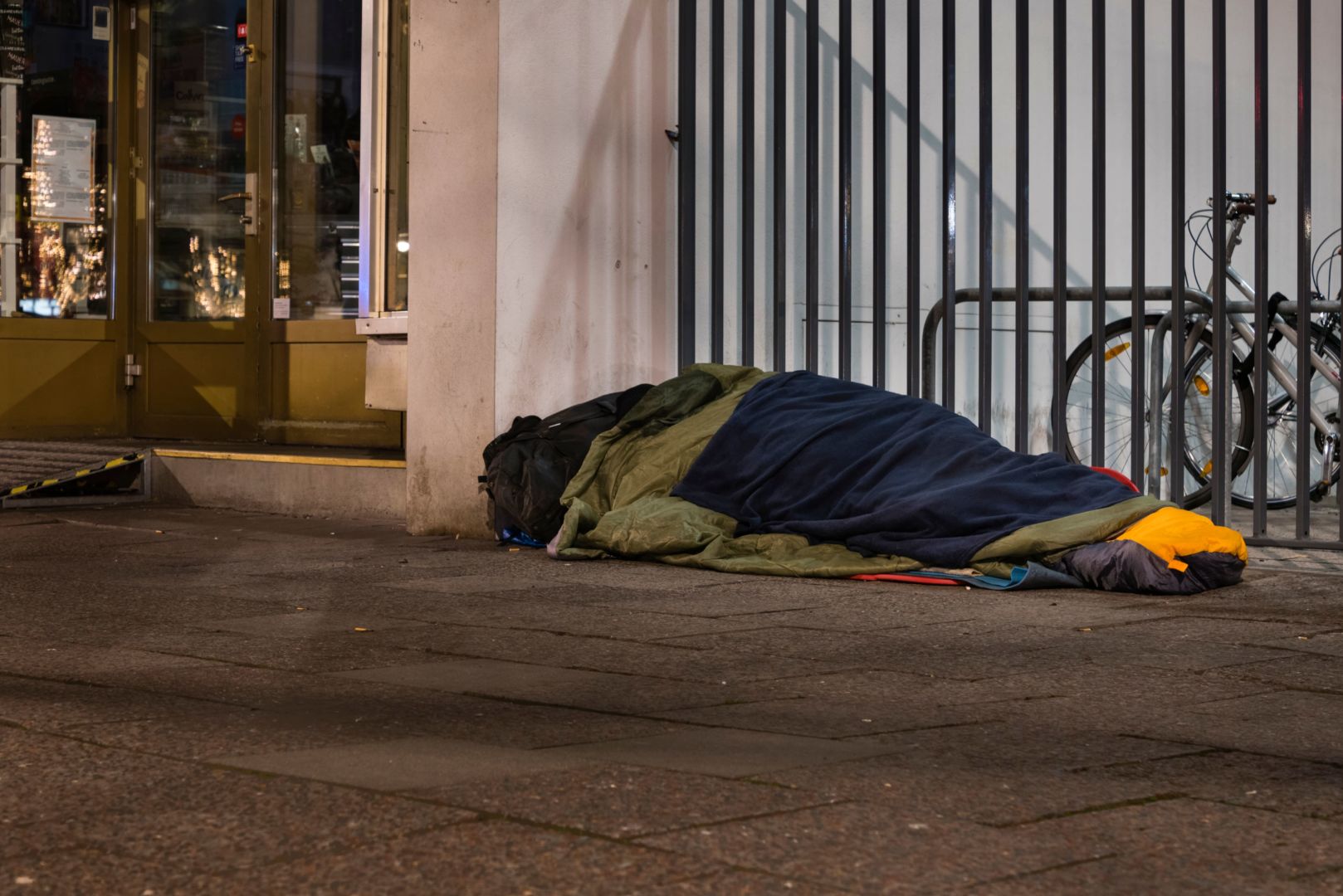In the last few months, what we got to know as a “refugee crisis” has once again been set high on the agenda of public discourse, only this time it’s being discussed on different terms than those of the previous years. Who are the people arriving in our country from the East?
- If they’re not refugees, are they “illegal immigrants, not subject to humanitarian aid,” as the Minister of Agricultural Development, Makis Voridis, has stated?
- Are they “mainly young men with economic potential”, as the Prime Minister himself, Kyriakos Mitsotakis, has mentioned?
- Should 93% of the people currently residing on the Aegean islands be deported, as the Minister of Development, Adonis Georgiadis, has suggested?
- And have the number of arrivals, as MP Dora Bakoyanni has asserted, been lower in previous years and are they currently on the rise?
Since assuming office in July 2019 until now, the “immigration issue”, as the members of New Democracy have chosen to refer to the subject of the mass arrival of people into Greece, has become an issue of central importance for the government. From a legislative and policy level, with the adoption of new laws regarding the asylum process and the recent initiative to appoint a National Coordinator for refugees who are unaccompanied minors, to executive members of the government contributing regular reports on the issue.
But what is the reality behind these statements? We analyzed all the available data and talked to sources located on-site, on the Greek islands where asylum seekers continue to arrive, with the aim of uncovering the truth: What are the facts regarding the government’s recent statements on the “immigration issue”?
The actual number of arrivals
On November 20, 2019, while participating in a TV panel, Dora Bakoyanni, Member of Parliament (MP) said: “For four years the number of arrivals were few and no steps were taken. And this lead to the disgraceful situation happening at the Moria Camp on Lesvos. Now the arrivals are 1,000 per day, which is a significant difference.”
Is the number given by the MP of New Democracy accurate? The answer could be given by the prime minister himself and what he said on the topic on the exact same day.
At a conference hosted by the European People’s Party in Zagreb, Kyriakos Mitsotakis stated that Greece now accepts “an average of 500 asylum seekers per day.” However, analysis of the data available shows that even the estimations of the Prime Minister are rather exaggerated.
The data used in our analysis comes from two sources: the daily reports published by the General Secretariat for Information and Communication and the weekly and monthly UNHCR reports. As a result, during the week that these statements were made (18-24 November 2019) the number of arrivals were 3,281 (weekly), or 469 per day. That means the arrivals were fewer than half of what MP Dora Bakoyanni claimed and closer to Prime Minister Kyriakos Mitsotakis’ estimation.
However, when reviewing the data on the arrival numbers during previous weeks, one determines that from the day the new government took office (besides the aforementioned week of 18-24 November, 2019) there was only one additional week where the daily arrival number was anywhere near what the Prime Minister estimated.
Specifically, the week of 23-29 September 2019 arrivals were a total of 3,223, or 460 daily. The daily average of arrivals during the last few months of New Democracy in power is as follows: in July, an average of 161 people per day (5,008 in total) in the Aegean islands, in August an average of 257 people per day (7,712 in total), in September a daily average of 352 (10,551 total), in October 290 daily (8,996 total) and in November 271 daily (8,409 total). The average number of arrivals during the five months since New Democracy took office is 266 per day.

During the past years, were the arrival numbers in fact, lower?
Although MP Dora Bakoyanni claimed that during the previous years the arrival numbers were low, the available data refute her claim. In UNHCR’s database, 2014 is the first year for which there is data available: 41,038 arrivals by sea were recorded for that year.
A study of the data shows that, compared to 2019, arrival numbers were not lower than those of the past four years –to be exact, not for all of the past years. In 2015, when the “refugee crisis” was at its peak, arrivals were 856,723. In 2016 the arrival number was 173,450, up threefold from 2019. There was a decrease for the first time in 2017, with 29,718 arrivals by sea, and 32,494 in 2018. For 2019, (up to 24 November 2019) there have been 52,719 arrivals. In fact, this is significantly more than 2018 and almost double compared to 2017.
Should we, however, only compare the duration of the five months in which New Democracy has been in power (July-November) with those of the previous years, going as far back as 2016, then the numbers do indeed appear to have increased this year, reaching 40,676 arrivals in the Aegean islands. Last year, during the same period, the arrivals were 15,850 while there were 18,068 arrivals in 2017. There were 13,408 arrivals in 2016. But in 2015, the number grew significantly, compared to any of the other years: 672,777 arrivals during July and November.
Nationalities arriving on the Greek islands
Government officials have repeatedly claimed that the people arriving in Greece by sea are immigrants, not refugees. Οn October 1, 2019, the government official tasked with the issue of immigration policy, Alternate Minister of Citizen Protection, George Koumoutsakos, spoke on a television program about “an immigration issue, not a refugee problem.”
The question of the composition of the population arriving in Greece is an issue that the Prime Minister himself has chosen to refer to. Three days after the Alternate Minister’s statement inaugurating the “Prime Minister’s Hour,” Kyriakos Mitsotakis answered a question addressed by Yanis Varoufakis, General Secretary of MeRA25, on the refugee crisis and the situation at the Moria camp:
“In 2015, Syrians who fled their country in despair and abandoned their homes to escape the war, represented about 75% of those arriving in our country. Apparently, they were almost all refugees. They had a refugee profile. Today, however, for every ten people arriving, only two are Syrians, 50% are Afghans and Pakistanis. Their movements are organized by traffickers as well as immigrants from sub-Saharan Africa, Somalia, the Congo and other neighboring countries.”
According to data from the Greek Asylum Service, Syrians, (who represent the majority of the arrivals in 2015), in fact correspond to the highest rate of recognition in obtaining refugee status, by 99.6%. From January 1 to October 31, 2019, last date for which UNHCR data is available, Syrians represent 27.6% of the arrivals. What is accurate, however, when it comes to the second part of the Prime Minister’s statement and his reference to the nationality of the arrivals being made up of 50% Afghans and Pakistanis?
The grouping of Afghans and Pakistanis seems to be arbitrary, on the one hand because of the difference in the numerical presence of the two nationalities and on the other hand because of the different characteristics of the two groups, which bring about a difference in treatment in terms of international protection.
It should be noted that last June, Afghanistan was declared the most dangerous country to live in, surpassing even Syria. Afghan nationals account for 37.4% of all arrivals, or 16,681 people, while the number of Pakistani nationals are significantly fewer: just 0.3% of total, or 114 people.
Thus, when added up, the number of Afghans and Pakistanis don’t equal 50% of the total, but they account for fewer than 38% of the total.
In addition, there is a big gap as it comes to the level in which they are recognized as subject to international protection: according to the data of the Greek Asylum Service, Afghans are among the nationalities that most often receive international protection and are granted asylum, while the opposite is true for Pakistanis.
Afghanistan has a rate recognition of 72.4%, which means that more than two out of three Afghan asylum seekers are given international protection. In contrast, Pakistan’s rate of recognition is just 2.5%: that means one out of 40.

Combining the two nationalities turns attention away from the fact that Afghans, who have significantly better luck when it comes to receiving asylum, are 146 times more than Pakistanis.
As for the immigrants from sub-Saharan Africa, it’s worth noting that Somalis, which were mentioned by the Prime Minister, are among the ten nationalities which are granted asylum more frequently in Greece, with a rate of 89.4%. For those coming from Eritrea the rate is 89.7% and for Sudan 60.6%. Both these countries are also among the ten nationalities which receive asylum most frequently.
Are they subject to international protection?
In early October, when the Council of Ministers approved the new asylum legislation, which in turn was voted into law, it was a period in which many primary government officials publicly talked about the “immigration issue.”
While talking on a radio show, Minister of Agricultural Development, Makis Voridis, stated:
“The breakdown of the specific influx is 65% Afghans, 15% coming from African countries, 10% from Tunisia, Morocco, etc. There are Turks asking for asylum because they are being persecuted by Erdogan and the Syrians are now very few. So, they are illegal immigrants and they don’t have the right to claim humanitarian protection. They have human rights, which need to be respected during the examination of their asylum request, but that’s as far as it goes.”
There is however a significant degree of inconsistency between the UNHCR data and what the Minister said.
As we saw, Afghans represent 37.4% of the arrivals, not 65% and Syrian arrivals not “now very few,” since they amount to 27.6% of the arrivals, forming the second nationality having the most arrivals.
Moreover, October, the month in which this claim was made, evolved into a month in which Syrians were found once again to be the first nationality regarding the number of arrivals, due to the Turkish invasion in northwest Syria. Of the 8,996 people that arrived on the Aegean islands in October, 37% were from Syria.

The available data also disproves that arrivals consisted of “10% from Tunisia, Morocco, etc”. It’s characteristic that since the beginning of the year and up to now, arrivals from the other Maghreb countries, Algeria, amount to 0.1%, or just 25 people. Tunisia and Morocco are included in the “Other” category of UNHCR, where countries with insignificant number of arrivals in Greece are categorized.
Indicatively, besides the arrivals from Afghanistan and Syria which together, represent 56% of arrivals, people from the Democratic Republic of Congo (DRC) amount to 7.3%, arrivals from Iraq amount to 6.7%, those from Palestine 5.6% and those from Iran 1.8%.
While interviewed by ANT1 TV on the same day that Makis Voridis’ claim was made, Minister of Development Adonis Georgiadis said that, according to the current data, 93% of the people reaching the Greek islands should be deported.
However, according to the actual data of today, this seems practically impossible. The nationalities which represent the largest volume of arrivals on the Greek islands are among those that, up to today, are most often granted asylum – because they come from war zones.

According to the Greek Asylum Service, citizens of these countries most frequently get international protection: Syria (99.6%), Afghanistan (72.4%), Iraq (69.2%), Iran (60.7%), State of Palestine (97.8%).
Although they represent a percentage that exceeds 15% of the total, it’s as if the citizens from these countries are invisible when it comes to the words of government officials. However it’s not just them. Prime Minister Kyiriakos Mitsotakis has claimed that arrivals consist mostly of young men and that they also have displayed economic potential.
Are the asylum seekers mainly men?
The reality is that according to the data available, both for the islands and for the people residing in the mainland through ESTIA program, the majority of the dominant nationalities which have arrived in Greece are comprised of large families. More than 1/3 of the arrivals in 2019 are children and approximately 35% of the arrivals are men between the ages of 18-39.
In November Solomon MAG traveled to Lesvos. According to our reports from Moria and the rest of the island, the price that refugees and immigrants pay in order to cross from the Turkish coast to the Greek islands, has appeared in recent months, to be significantly lower compared to previous years, when traffickers where mostly directing their services to middle class Syrians who were better off financially.
In order to approach the poorest- Afghans, traffickers have reduced their prices. People that we talked to mentioned prices ranging between 500, 700, or 1,000 euro per person. What has been the case in previous years is that traffickers have facilitated their customers by allowing them to make the payment after the trip is completed.
Our analysis shows that, despite the incorrect claims made about the number of arrivals and their demographic characteristics, the government’s choice to refer solely to immigration influxes, in other words to populations which do not have the right to asylum – this does not comply with the data that reflects the reality on the Aegean islands today.
However, government officials are not the only ones with this viewpoint on the issue. Since July, the majority of the Greek media has adopted the government’s position: for example, a news report, that in 2016 would be presented as “fights among refugees in Moria” – has now been given the title “fights among immigrants in Moria” and how daily updates about the arrivals presented by the TV news no longer refer to a “number of refugees” arriving, but rather to a “number of immigrants.”
An example, to which the phenomenon is not limited to, is the following: In an article by CNN Greece published on October 14, 2019, the clashes among Syrians and Afghans, nationalities subject to international protection by 99.6% and 72.4% respectively, are presented with the title: “Samos: Clashes among immigrants – Three injured”.
The use of such charged language in place of technical terms which describe the issue and reflects standard definitions, offers the opportunity for the return of linguistic choices, which in recent years, seemed to be in decline. Ultranationalist, far-right Golden Dawn is no longer in Parliament, but the term “illegal immigrant” still finds its place in the media, and once again, in the political arena. This doesn’t only apply to the political party Greek Solution and certain New Democracy officials, (which one would tend to expect). But it even applies to former Prime Minister, Antonis Samaras.








